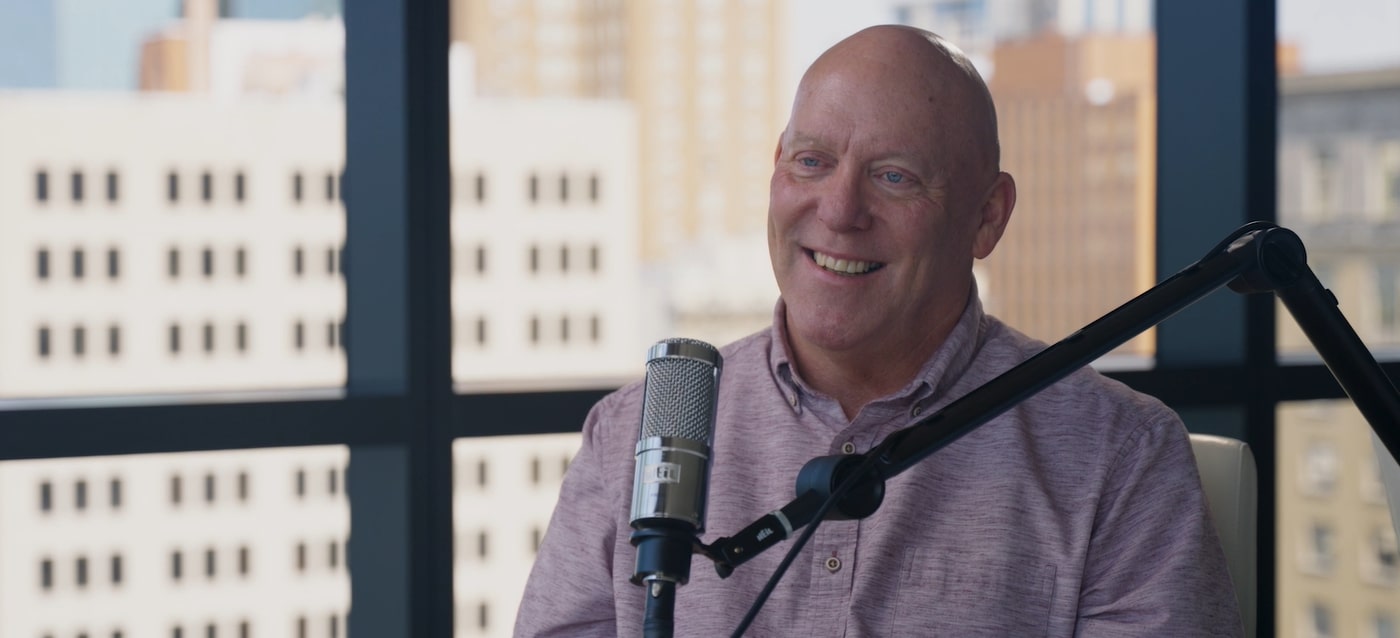Unfortunate cases of sexual abuse in the Momon church have continued to make headlines, with a long line of indiscretions amongst the church’s ranks being brought to light. A growing number of survivors have come forward with Mormon church abuse allegations, drawing attention to the faults in the organizational procedures and culture of the church.
Mormons are a religious body of individuals belonging to the Church of Latter-day Saints (LDS), with over 16 million members. Mormons share a significant number of Christian beliefs. The primary distinction, however, is that Mormons believe that the Holy Spirit, Jesus, and God are three separate entities.
The church was founded by Joseph Smith, whom the Mormons consider a prophet. An angel named Moroni came to Smith and tasked him with translating the Book of Mormon.
The growing number of claims has prompted experts, news sources, and the general public to question why LDS sexual abuse is seemingly so common in the Mormon Church. The discussion below dives into the practices of this religion that have enabled the growing volume of Mormon abuse cases.
1. Prioritization of The Church’s Reputation Over Victims of Abuse
Religious leaders in the Mormon Church rush to defend their reputations and God. They couple the fear of condemnation and prosecution with their passion for preserving their sanctuary and religious beliefs, resulting in mass cover-ups.
It’s an ideal based on covering the institution at all costs, even when it means silencing or scorning the victims of Mormon church abuse.
LDS Bishops are at the forefront of the clergy. Often, these are people with full-time jobs serving as bishops on a volunteer basis. Bishops receive little training and no pay, but they are often the first to receive reports of LDS sexual abuse and other moral transgressions by church members.
Most victims seeking legal redress reported that they first reported the matter to their bishop. This reality has contributed to the next factor: LDS abuse of authority.
2. LDS Abuse of Authority
The hierarchical structures established in the Mormon Church leave many individuals, especially women and children, vulnerable to abuse. The organization’s structural order has a subordinate nature that places children at risk.
There is a blatant overreliance on systemic arbitrations, especially because “the church knows best and will fix what requires fixing.”
There’s a belief in the divine promotion of Mormon church leaders, which results in an infallible, unrealistic view of those in ministerial positions. This bolsters influence and abolishes accountability.
3. ‘Forgiveness’ Over Addressing and Reporting LDS Sexual Abuse
At face value, the Mormon culture of love appears inclusive. However, it has paved the way for masking the glaring power imbalance, leading to submissive philosophies and values. There’s an overriding “pleasing to God” philosophy grounded in love and forgiveness. The philosophy threatens the “weaker” members and is more advantageous to individuals looking to abuse their prominent, exalted positions.
The bishop’s judgment and other religious leaders often give the final word regarding abuse matters. Most of these are presented as “inspiration,” guided by just a few paragraphs of written policies from the church headquarters.
Bishops often make serious decisions on issues of LDS abuse with no consultation from other authorities outside church headquarters. Most of these lead to hidden and unresolved LDS abuse cases.
The lack of recourse often motivates offenders to continue abusing their victims and find new ones. Most cases involve offenders who have abused more than one victim or severely abused a single victim.
4. A 24/hour Helpline For Abusers
In mid-1990, the Mormon Church introduced a 24-hour helpline for the clergy to report instances of child abuse. When investigations revealed that the helpline was simply an alternate phone number ringing to the church attorneys, it was revealed to be yet another abuse of authority.
Bishops provided information on whether the church had a legal liability in every situation. The church attorneys would then advise that the abusers seek legal counsel before approaching the civil authorities.
Closing Thoughts
While it has been several painful years of pain and trauma for victims, there has been a shared sense of solace among many with the ongoing revelations.
The media attention given to the avenues that have been exploited to shut down reports of sexual abuse in the Mormon church has given more and more victims the confidence to come out, share, and seek justice. Victims are encouraged to speak to legal authorities and seek legal counsel.
Related Posts




